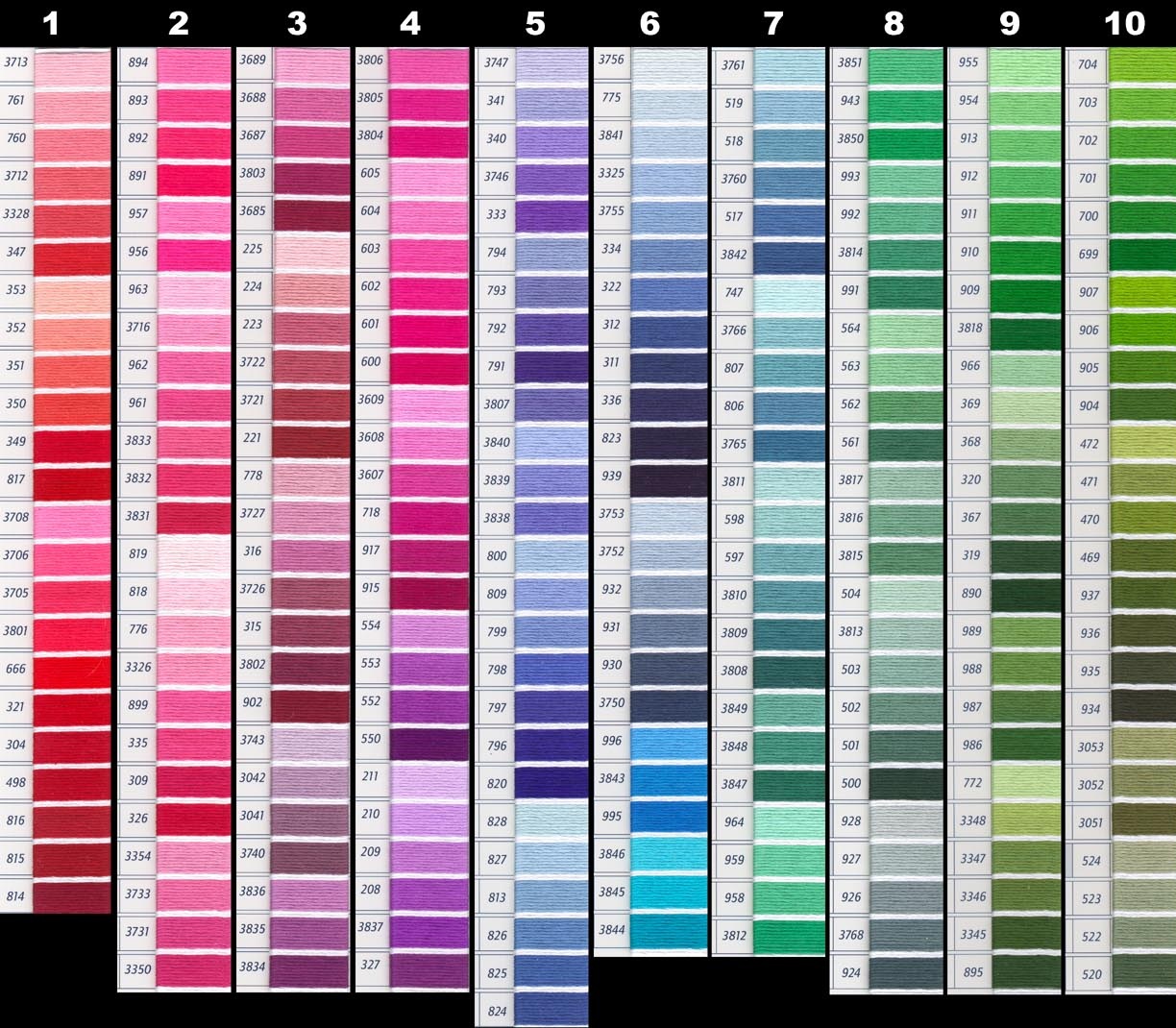


#Color me cotton clothing code
Many times the buyer gives the color code from TCX to the manufacturer when ordering, but in case manufacturer have TPX Pantone book instead of TCX. TCX is commonly used as a standard color swatch for reactive and disperse dyeing and TPX is followed for pigments, that means it is used as color standard for printing.ĭifferences Between the Shades of TCX and TPX Here TCX stands for “Textile Cotton eXtend” and TPX stands for “Textile Paper eXtend”. We already know about TCX & TPX. But we do not know which should be used in which cases or for what purpose. Both TCX and TPX are Pantone color standards, but they are designed separately for different purposes. (Textile Paper Green – All lead and chromium content removed from TPX products for eco-friendly update) Figure 3: Textile Color on Paper-TPX TPX & TPG colors are the same, but the TPG is much more eco-friendly. The TPX Pantone book has recently been updated to the TPG Pantone book. The TPX Pantone Book is much cheaper than the TCX. In this case it is made of “Paper Swatch” instead of cotton swatch, and each swatch is colored in a unique color. Because it is a complete cotton swatch, it can cost from hundreds to thousands of dollars. However, TCX Pantone books are much more expensive. It looks like a passport guide or chip set. These are colorful pure “Cotton Swatch” in each individual color. Both are designed from the Pantone Textile Color System. There are mainly two types of Pantone Guides- TCX & TPX. Pantone guide plays an important role in the textile industry in fabric dyeing and printing and also for shade matching. In other words, Pantone Book has made it easy to get ideas about specific colors before dyeing and matching colors with the samples after coloration process. But this will be easier if you have a Pantone Color Guide, if the buyer says the pantone number like “Peach Fuzz 13-1023 TPX” instead of the name of the color, then you can easily find that color from the Pantone Guide.

But how do you know exactly what color he is talking about? In this case, your colleagues will give different opinions, but the correct decision can’t be reached. Suppose the buyer tells you from America that he will need 1000 kg of dyed fabric with ‘light peach cream color’. The Pantone Color Guide is a blessing in disguise for fabric coloration in the textile industry.

Importance of Pantone Color Guide in Textile Industry?
#Color me cotton clothing series
These are small (approximately 6×2 inches or 15×5 cm) thin cardboard sheets held together on one side with a series of related color swatches. The Pantone Guide has become very popular in the color matching system, as activities in the dyeing and printing industry today cannot be imagined without the Pantone Color Guide. In 1963, he invented the first color matching system “PANTONE”. The company was then bought by “Lawrence Herbert”, who had been an employee of the company since 1956. PANTONE was founded in 1962, at a time when the company only made color cards for cosmetics, paints, property furnishing companies. This Pantone Color Guide is used in the textile industry for color matching with dyed samples after fabric coloration process. A page has more than one swatch for just a single color, that means, the luminance varies from light to dark for any color like yellow and has many yellow colors. Whatever the color, it is easy to identify any color with the help of Pantone Color Guide, because each color has a different or unique code number. Pantone is a standard ‘Color Matching System’ where a code number is used to identify each color.


 0 kommentar(er)
0 kommentar(er)
